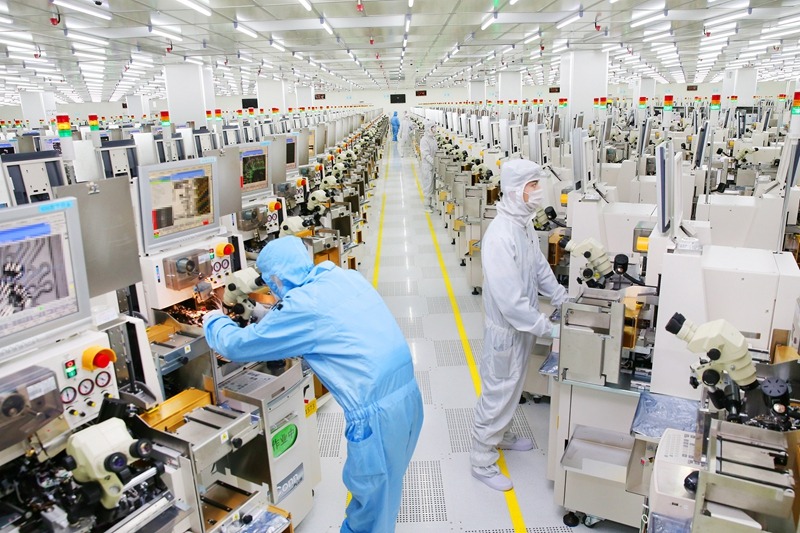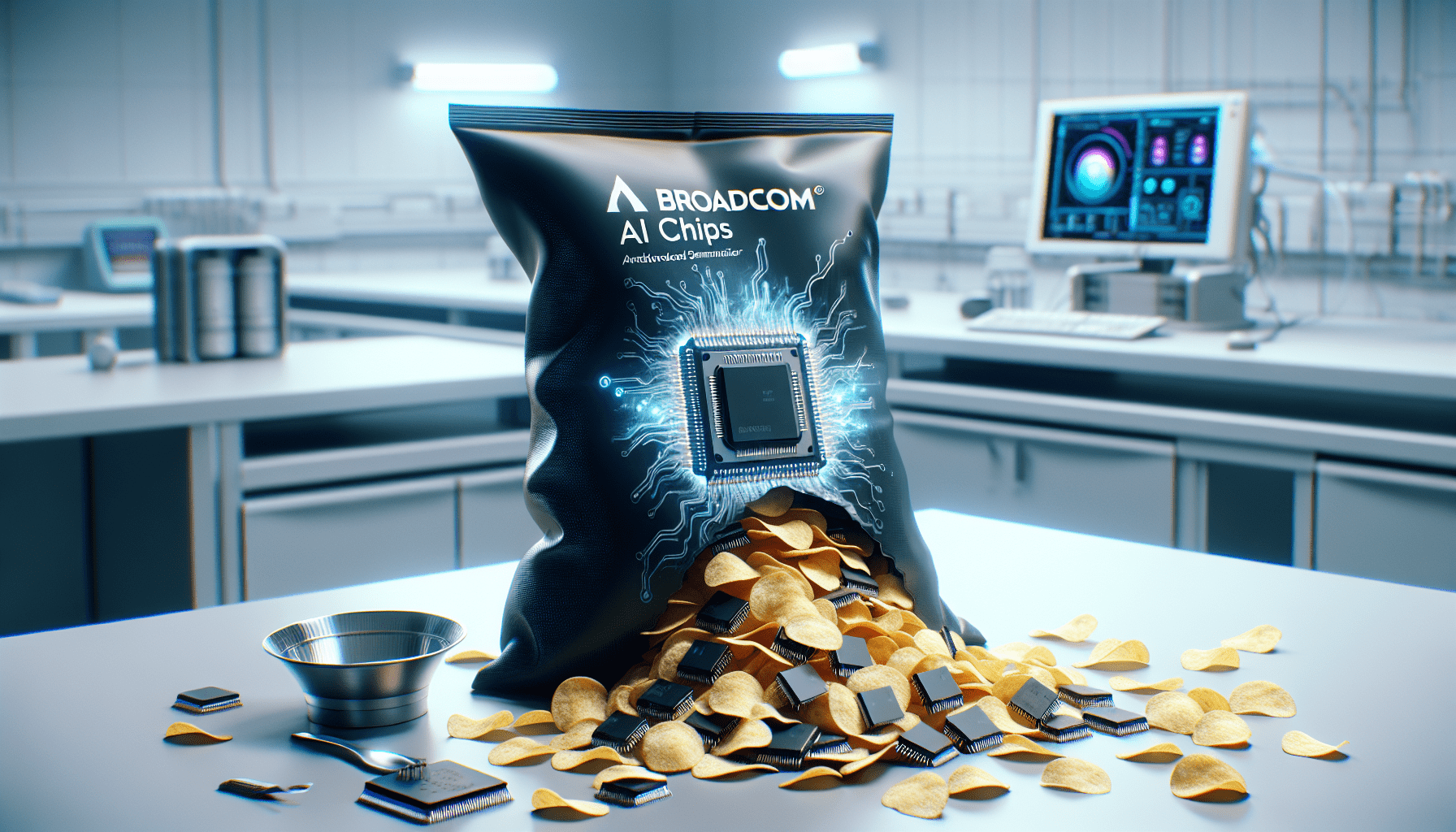Trading the Chip Shortage
The world has been plagued by product shortages throughout the pandemic, and now a deepening chip shortage could threaten growth prospects in the red-hot technology sector.

Chips are the talk of Silicon Valley these days because those vital processors of the digital economy are currently in short supply—very short supply.
The lead time for new bulk orders of new chips (aka microchips or integrated circuits)—for products ranging from smartphones to electric cars—now ranges between four and 12 months. Moreover, it’s estimated that global semiconductor manufacturers are currently shipping orders that are up to 30% short of the levels demanded.
In sum, projections indicate it could take 5-6 quarters (into late 2022 or early 2023) before supply-demand conditions in the sector “normalize.” And barring an unexpected, significant drop in demand, there’s not much wiggle room on those estimates—especially when one considers that it can take up to five years to build a new semiconductor fabrication foundry.
So how did we get here?
First, there was a global health pandemic that abruptly cut off demand. Then, due to mass adoption of remote working and learning, there was a global economic recovery that leaned more heavily on chips than ever before.
The head-fake from the early days of the pandemic basically served to limit production capacity immediately before demand took flight. On top of that, a surge in new electric vehicle (EV) manufacturing, which also requires advanced processors, has further compounded supply chain bottlenecks.
Industrial consumers of semiconductors have undoubtedly been feeling the pain from recent shortages.
The president and incoming CEO of Qualcomm (QCOM), Cristiano Amon, recently stated that the semiconductor shortage is “impacting everything, and is of course impacting phones.” Qualcomm is the world’s largest supplier of mobile microprocessors, but only designs them in-house, and then outsources their production overseas.
Amon indicated that smartphone chip shortages won’t be resolved until late 2021, at the earliest.
Supply disruptions have also hit the auto industry in a big way. General Motors (GM) and Ford (F) were actually forced to shut down production on certain models in Q1 2021 because they couldn’t source the required chips for touchscreens and collision-avoidance systems.
Toyota (TM), Nissan (NSANY), VW (VWAGY) and Fiat Chrysler are believed to have scaled back output for the same reason.
Other external factors have also limited supplies. American firms can’t source chips from China’s Semiconductor Manufacturing International Corporation (SMIC) because it was blacklisted during the Trump administration. SMIC is China’s largest contract semiconductor manufacturer and produces chips that other companies design.
Additionally, several important Japanese manufacturers that supply the materials for semiconductors produced in Asia have been shut down due to unfortunate fires in their facilities.
The situation has gotten so dire that President Joe Biden called for a strategic review of the semiconductor supply chain during his first month in office.
When announcing the initiative, the White House noted the review would encompass domestic manufacturing and supply chains that are dominated by or run through “nations that are or are likely to become unfriendly or unstable.” The latter being a not-so-subtle reference to China, which likely indicates that the “technology war” brewing between the world’s two largest economies is only in the early innings.
It appears that chip bottlenecks have also captured the attention of Congress. In coordination with the White House, the U.S. Senate is discussing a new bill that would provide $30 billion to boost the strength and independence of the country’s semiconductor supply chain.
That bill could arrive on the floor of the Senate for a chamber-wide vote as soon as April.
Interestingly, that government initiative may represent the unleashing of a new tactic in the U.S. government’s arsenal of options to compete with China. The Middle Kingdom is well-known for subsidizing favored industries to boost available capital and their chance for competitive success in global markets.
By providing extra financing to an already profitable technology sector via subsidies, leaders in America would essentially be walking the country down the same path as China. And there may be little choice in doing so, if the United States wants to compete with low-cost manufacturers in Asia.
Going forward, investors and traders may want to keep a close eye on the shortage in chips, as well as the winding tributaries that are linked to this emerging story.
Some of the biggest names to watch in the chip sector include: Advanced Micro Devices (AMD), Applied Materials (AMAT), Intel (INTC), KLA Corp (KLAC), Micron Technology (MU), Nvidia Corp (NVDA), Qualcomm (QCOM) and Taiwan Semiconductor Manufacturing (TSM).
The top semiconductor ETFs include: iShares PHLX Semiconductor ETF (SOXX), VanEck Vectors Semiconductor ETF (SMH), SPDR S&P Semiconductor ETF (XSD), Invesco Dynamic Semiconductors ETF (PSI) and ProShares Ultra Semiconductors (USD).
To learn more about trading the technology sector, readers may want to review a recent installment of Tasty Extras on the tastytrade financial network.
To follow all the daily action in the financial markets, readers can tune into TASTYTRADE LIVE, weekdays from 7 a.m. to 4 p.m. CST, when scheduling allows.
Offer extended through April 1st: Subscribe to Luckbox in print and get a FREE Luckbox T-shirt!
See SUBSCRIBE or UPGRADE TO PRINT (upper right) for more info.
Sage Anderson is a pseudonym. He’s an experienced trader of equity derivatives and has managed volatility-based portfolios as a former prop trading firm employee. He’s not an employee of Luckbox, tastytrade or any affiliated companies. Readers can direct questions about this blog or other trading-related subjects, to support@luckboxmagazine.com.



















